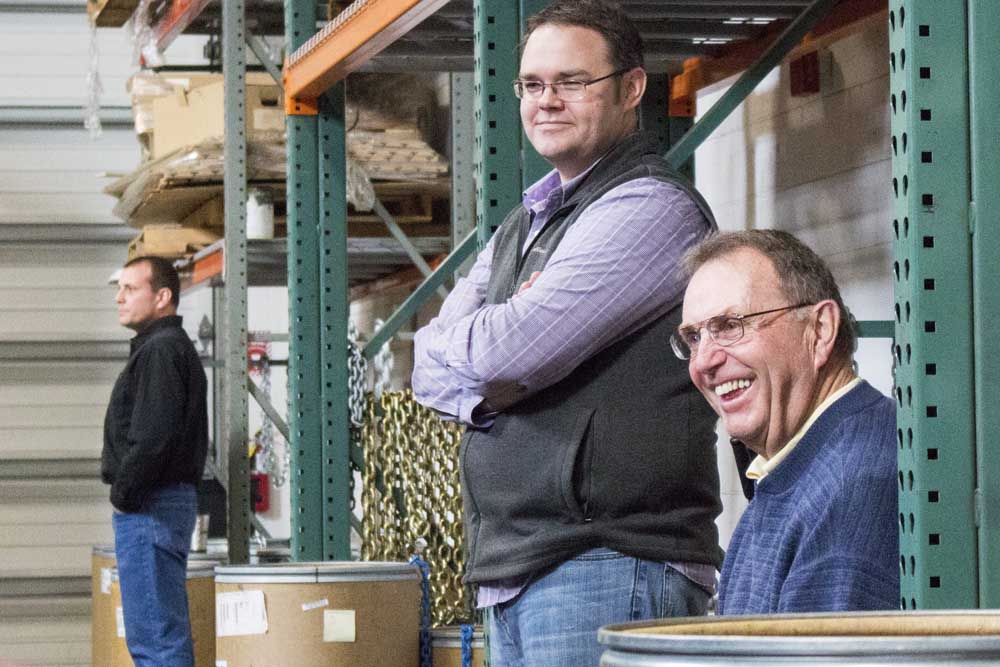Editor’s Notebook: Our old enemy flu comes to stay
Published 12:15 am Saturday, February 15, 2025

- Matt Winters Matt Winters
“I ache everywhere. It hurts to cough. I feel awful.”
Trending
— Spoken by an obviously suffering young woman overheard this week in a Warrenton medical clinic waiting room.
Call up the national influenza surveillance map (www.cdc.gov/fluview/surveillance/usmap.html) and you’ll see a riot of colors that look as inflamed as her lungs may have felt.
Our nation is in the grips of its most severe flu outbreak in 15 years. Case counts are rated as “very high” in Oregon and Washington. As of early this month, on a 13-tiered scale, we’re just one step below states in the worst classification denoted by a shade of deep blue; in the West, these include New Mexico, Texas and Nebraska.
Trending
Flu is, of course, nothing new. The most recent significant season before now was 2019-20, before the masking and social distancing of the early COVID-19 pandemic brought an intermission in non-COVID respiratory infections. Before COVID racked up 1,215,005 confirmed American deaths, there were those who excitedly proclaimed “It’s just the flu.” It isn’t.
In comparison, so far in the 2024-25 season at least 13,000 have died of the flu, tragically including 57 children by the start of February. This is absolutely terrible, but not on par with COVID.
But you don’t have to get all the way through death’s door for flu to be thoroughly miserable. Back around Jan. 10, too long after the holidays to blame it on house guests, it felt like I had been struck by a bolt of malicious demonic lightning. While it wasn’t so severe that I wanted to be dragged by my heels to the emergency room, it was a couple of weeks before symptoms slowly abated. These included tiredness, inflamed eyes, aching muscles, chills and a snotty nose. I still have a little cough and fatigue.
Along with the vast majority of actual medical scientists — emphatically not including odd Robert Kennedy, Jr. — I know vaccines are safe and usually helpful. However, I didn’t get one this flu season. There were longish waits at Costco pharmacy the couple of times it crossed my mind. And it turns out this year’s vaccine isn’t a good match for the main flu strain. Even so, getting a shot might have turned my rotten experience into a somewhat gentler one. Better luck next year, or at least smarter planning and fewer excuses.
A scarier germ
In contrast to the ordinary variety I caught, bird flu should really worry us and generate a far bigger government response. It has killed untold millions of wild birds around the world in recent years, and led to mass die-offs and preemptive killings of chickens, ducks and other domestic poultry. Catastrophic chicken deaths tied to flu are behind egg shortages and price spikes. Contact with infected birds and their droppings has transferred their flu to U.S. dairy cows and other mammals.
“The current spread of avian influenza H5N1 in domestic poultry flocks and wild birds across the world, as well as the demonstrated ability of this virus to cross the species barrier and infect humans, has led to a high level of concern that a pandemic may develop,” according to the Centers for Disease Control and Prevention.
Scientists long ago noticed that roughly two or three times per century, a fresh new kind of flu comes swinging out of the animal kingdom, one deadly enough to cause horrendous suffering and death in our species.
The last horrible flu pandemic struck in 1918 — killing my 25-year-old Grandaunt Minnie and 675,000 other Americans. It’s believed the 1918 pandemic was a bird flu that may have picked up additional deadly mutations by infecting pigs. It killed 50 million or more people around the globe, the equivalent of 230 million in today’s more populous world.
Handling it
A limited bird flu vaccine stockpile has been set up for Americans, but it’s difficult to predict ahead of time how well it would protect against whatever strain eventually evolves the ability to easily spread from person to person — if one evolves at all.
In the past century, incredible advances have been made in antibiotics, antiviral medications, respirators and other interventions. In 1918 and 1919, many victims died of secondary infections — opportunistic illnesses like pneumonia that take advantage of patients’ weakened conditions. Now, when caught in time, there are good treatments for these bacteria.
There are other things we can do to protect ourselves against seasonal and pandemic flu. Follow your mom’s advice — use hand sanitizer and wash your hands thoroughly after being out in public. Avoid rubbing your eyes, nose and mouth — these are where germs frequently enter. Stay home if you’re sick. If you must go out, wear a mask to protect others from your coughs and sneezes.
Even if the current bird flu outbreak never jumps all the way into us, what’s going on is worthy of deep concern and even mourning. Like my grandparents who raised chickens, turkeys, geese and other livestock, I don’t regard them as only delicious dinner ingredients. We all should take responsibility whenever any of the animals in our care suffer and die needlessly and without purpose.
To paraphrase King Théoden in “Lord of the Rings,” “So much death. What can men do against such a reckless virus?” The first thing we can do today is pay attention and not let ourselves be blindsided as we were by COVID.
Matt Winters is the regional editor for The Astorian, the Seaside Signal and the Chinook Observer.









